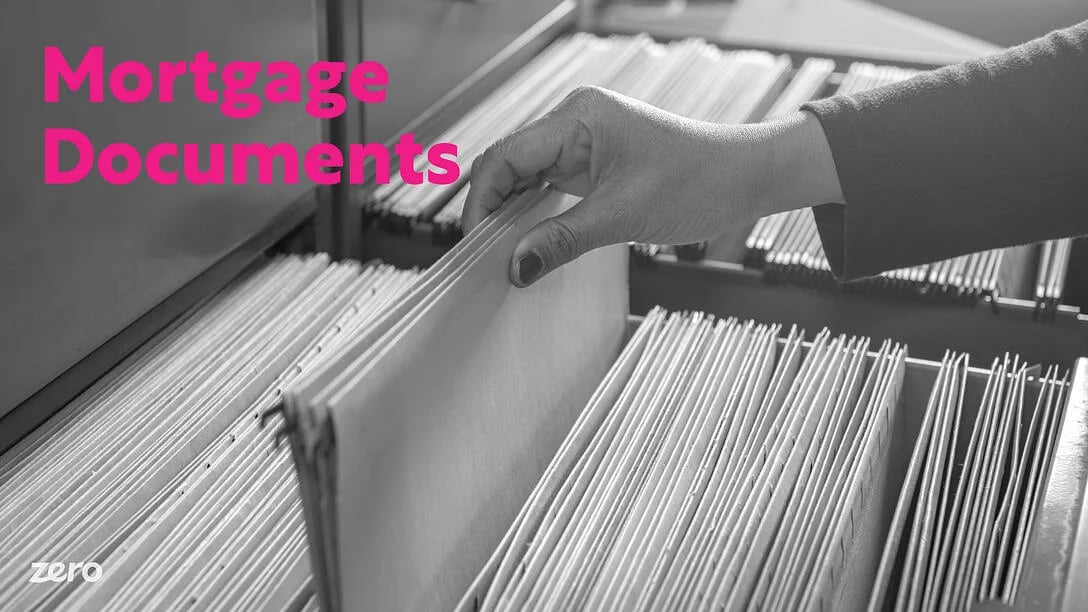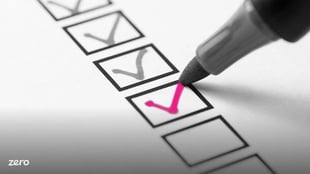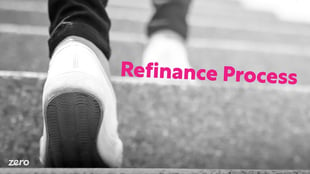What Documents Do I Need To Refinance My Mortgage?

The interest rate on a mortgage is simply the fee a lender charges the borrower for borrowing their money. Over the lifetime of the loan, the interest expense certainly adds up! A move of just a few basis points can add up to tens of thousands of dollars over a standard 30-year fixed rate mortgage. Right now, interest rates are at the lowest levels we’ve seen in the last decade, which makes it a wonderful time to buy or refinance a home
We wrote a whole blog covering the full refinance process, read it here!
Why Refinance?
There are a few reasons why one would want to refinance their home.
- One may choose to refinance their property to get a better interest rate. As mentioned above, the interest expense on a mortgage is a considerable expense over the lifetime of the loan. A slight reduction in the interest rate can add up to a meaningful savings.
- Another reason why people consider refinancing their property is to take cash out. Remember, as you pay each monthly mortgage payment, you are building equity in your home. This equity can be converted into cash, and you can use that cash to pay for various other major life expenses - such as a home renovation or paying tuition for school.
- Thirdly, people may want to change their loan term or type. Perhaps their loan was issued via the Federal Housing Authority (FHA), and the borrower is paying a PMI expense each month. Refinancing into a conventional loan, with 20% equity, will eliminate the need to pay private mortgage insurance - which could save you hundreds or thousands of dollars per year!
What to Expect When Refinancing
Whatever your reasoning is for refinancing, there are a few things you should expect if you’ve never done this process before.
First and foremost, just because you are interested in refinancing your property does not mean you can stop making your monthly payments. These payments must be paid on time, and it's really in your best interest to do so. A missed payment(s) can negatively hurt your credit score, which can present obstacles.
Secondly, the borrower is able to shop around to refinance. You do not need to contact your existing lender, although you are welcome to do so. The mortgage industry is competitive. Find a lender who provides a competitive package and outstanding customer service.
Lastly, there will be quite a bit of paperwork you need to complete and provide. Very similar to when you purchased your home and first received a mortgage, the lender was requiring a long list of paperwork. The lender must be comfortable if they are going to loan someone money, and furnishing them with these documents will help them establish comfort
Not familiar with the fees and costs associated with refinancing? Read all about them here.
Paperwork Requirements for Refinancing
Understandably, the thought of paperwork probably makes you cringe. But the list of documents the lender will request is reasonable, and remember, there is a lot of upside to refinancing.
Proof of Income
Any lender will need to see proof of income. Although you provided this proof when you first purchased the loan, your income may have changed over the years. Providing recent paystubs, w2s, or proof of income via a 1099 will be sufficient.
Additional Income
Keep in mind, not all of your income comes from a pay stub, w2 or 1099. If you’re collecting child support, social security or even a pension, be sure to include that income as well. The more income you can show, the better. If you’re able to lower your debt-to-income ratio, you will likely be presented with a very competitive interest rate.
Proof of Assets
Your assets are important, and the lender will want to see them. Generally speaking a lender will ask to see the last three months of your bank statements, and they’ll want visibility into any investment accounts you have. These investment accounts include any stocks or bonds you own, or even your life insurance policy.
Titles & Deeds
Assets don’t stop with how much money you have in the bank or the stocks you own. Anything you own may be an asset the bank is interested in knowing about. For example, if you own your car outright, and the current market value of that car is $20,000 - the bank will want you to list that as an asset.
If you own an investment property, you’ll want to provide them with information on that loan and show how much money you owe on that property and what the monthly mortgage amount is.
Proof of Debt
Debt comes in all shapes and sizes. Lenders need to understand how much debt you have so they can properly calculate your debt-to-income ratio. This is one of the most important financial ratios as it tells the lender how much money you have left over after you pay all your other financial debt obligations each month. Some of the most common debt includes:
- Credit Card Debt: If you have numerous credit cards with various balances each month, the lender needs to be aware of all of them. Provide the lender with the account/debt summary page for each card.
- Car Loans: Whether you’re financing or leasing, you must include how much your monthly payment is and how many more months or years you have left in the financing agreement.
- Student Loans: Similar to credit cards, sometimes individuals have student loans from a few different lenders. Keep everything organized, and gather all of your debt information accordingly.
- Personal Loans or Lines of Credit: Don’t forget to include any personal loans or lines of credit you may have!
Bankruptcy or Divorce
If you’ve filed for bankruptcy or had a divorce, you’ll need to include all of that information and provide all of those documents. The lender will want to know how much money you owe each month in alimony and child support, as that will be reduced from your total income.
Other Documentation
Immigration papers and a list of previous addresses will also be on the list of required documents. If you changed your name, be sure to provide the lender with the legal proof of change. You’ll be required to provide a copy of your social security number and proper identification.
Our Mortgage Learning Center features blogs on a wide range of mortgage and refinancing topics.
Streamline Refinancing
If you don’t have the time or all the required documents, streamline refinancing may be an option. A borrower interested in doing a streamlined refinance option can do so without all of the paperwork or verification a regular refinancing agreement requires.
The most common streamline refinancing option is the FHA streamline option. There are certain requirements a borrower must meet, including: your existing loan must be an FHA loan, you must be 100% up-to-date on your mortgage payments, and the refinanced amount cannot be greater than the original loan amount. The Department of Veterans Affairs also offers a streamline refinancing option.
Start Your Home Refinance Today!
This page last updated: November 3, 2022
Read more on this topic below.

A mortgage is often the largest monthly expense homeowners pay. The thought of reducing the amount...

It’s likely that your mortgage loan will be the largest loan you have during your lifetime. Mortgages are not a one size...

Refinancing your home can save you thousands of dollars per year! When you extrapolate that savings over...

A loan estimate is crucial to obtain when looking for a loan. This estimate not only gives you the details of a mortgage but also compares offers...

If you’re looking to buy a house, and do not have a mountain of cash saved up, you’ll need to consider getting a mortgage to help you finance this...

Whenever you are borrowing money, whether it’s for a new mortgage, a refinance, credit card, or car loan, you’ll hear...

Refinancing can open up opportunities for homeowners to cash out on equity, reduce monthly mortgage payments, or renegotiate the interest...

A cash-out refinance is the process of taking the equity you have built in your home in the form of a cash deposit into a designated account...

Consider this scenario. You bought a house several years ago, and at the time, you thought you got a pretty great...
